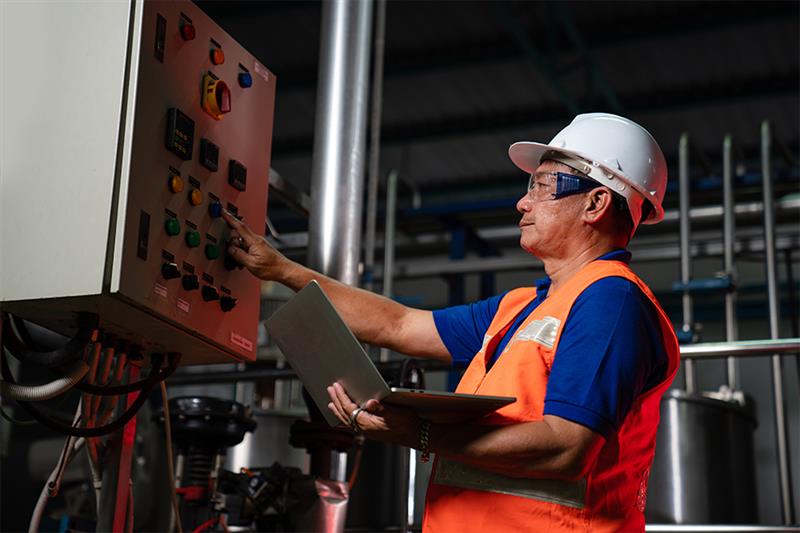In any industry where quality matters—especially oil & gas, manufacturing, and energy—organizations face a critical question:
Is it better to inspect products after they’re made, or to control the process to prevent defects altogether?
This dilemma brings us to two foundational quality approaches: Inspection and Process Control.
While both aim to ensure products meet standards, they do so with very different mindsets and methodologies. Let’s explore the difference—and which one your organization should rely on.
What is Inspection in manufacturing companies?
Inspection is the process of examining materials, components, or finished products to ensure they meet predefined specifications. It’s the classic, reactive form of quality control—designed to catch problems after they’ve already occurred.
Key characteristics
-
- It focuses on identifying existing defects, deviations, or potential failures.
- Inspections are typically conducted at specific intervals or at particular stages (e.g., pre-commissioning, during operation, before shutdown).
- It assesses the physical state, integrity, and performance of assets.
Benefits:
-
- Ensures non-conforming products are caught before shipment
- Helps maintain customer trust and contractual compliance
- Useful in manual processes or low-volume production
Limitations:
-
- Reactive – focuses on detecting issues, not preventing them
- Costly – rework, scrap, and delays can drive up expenses
- Human-dependent – results may vary based on inspector skill and bias
What is Process Control?
Process Control refers to methods and tools used to monitor, adjust, and stabilize the production process in real-time. It’s a proactive and continuous process of monitoring and adjusting operational parameters to ensure that processes operate within desired parameters, achieving optimal performance, safety, and efficiency. It’s about preventing deviations and maintaining consistent output.
Key characteristics:
To align with API expectations, your SOPs should:
-
- Proactive: Aims to prevent defects and inefficiencies by controlling the process itself.
- Continuous: Involves real-time monitoring and adjustments throughout the operational cycle.
- Focus on parameters: It monitors and regulates variables like pressure, temperature, flow rate, level, and composition.
- Automation: Often heavily reliant on automated systems (sensors, transmitters, controllers, control valves) to regulate process variables.
Benefits:
-
- Reduces variation and improves consistency
- Helps identify process inefficiencies early
- Lowers defect rates and production costs
- Enables continuous improvement through data
Limitations:
-
- Requires upfront investment in systems and training
- May not catch one-off issues or rare failures
- Needs strong commitment to data collection and analysis
Key Differences at a Glance
Feature |
Inspection |
Process Control |
| Approach | Reactive | Proactive |
| Focus | Final product | Production process |
| Timing | After production | During production |
| Tools | Gauges, checklists | Sensors, data charts, automation |
| Efficiency | Lower (due to Network/scrap) | Higher (prevents waste) |
| Best use | Low-volume, High-variation environments | High-volume, stable processes |
The Relationship Between Inspection and Process Control
While distinct, inspection and process control are complementary and essential for a comprehensive quality and safety management system in the oil and gas industry.
Process control aims to keep the system running smoothly and within specifications. It’s about the “doing” of the operation.
Inspection provides assurance that the “doing” is effective and that the assets supporting the process are in good condition. It’s about verifying the integrity and compliance of the system.
Final Thoughts
In today’s complex industries, relying solely on inspection is no longer enough. Organizations that thrive in quality and compliance—especially those aiming for certifications like API Spec Q1/Q2 or ISO 9001—embrace process control as their foundation. Inspection helps you detect. Process control helps you improve. So, don’t choose one over the other—balance both for the strongest quality system.
